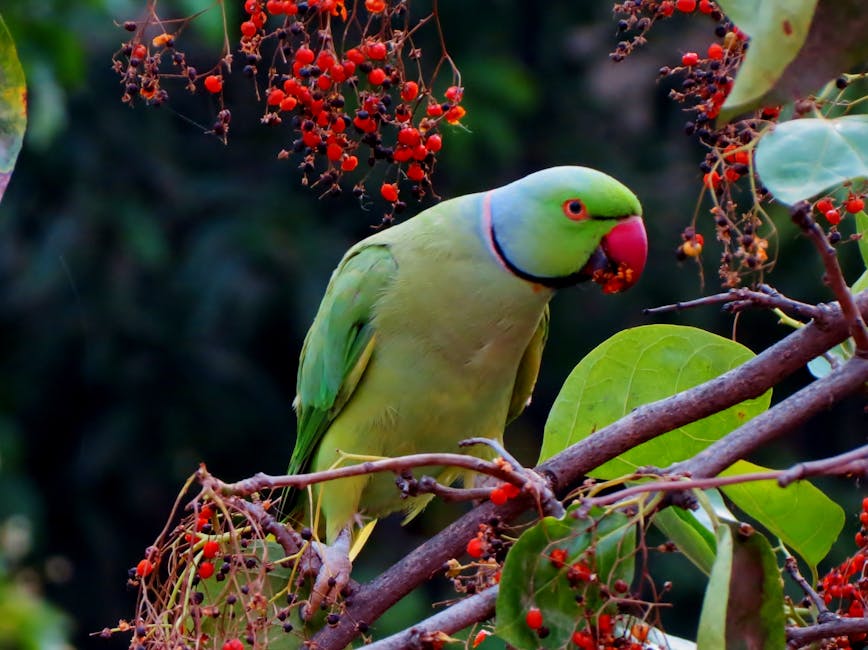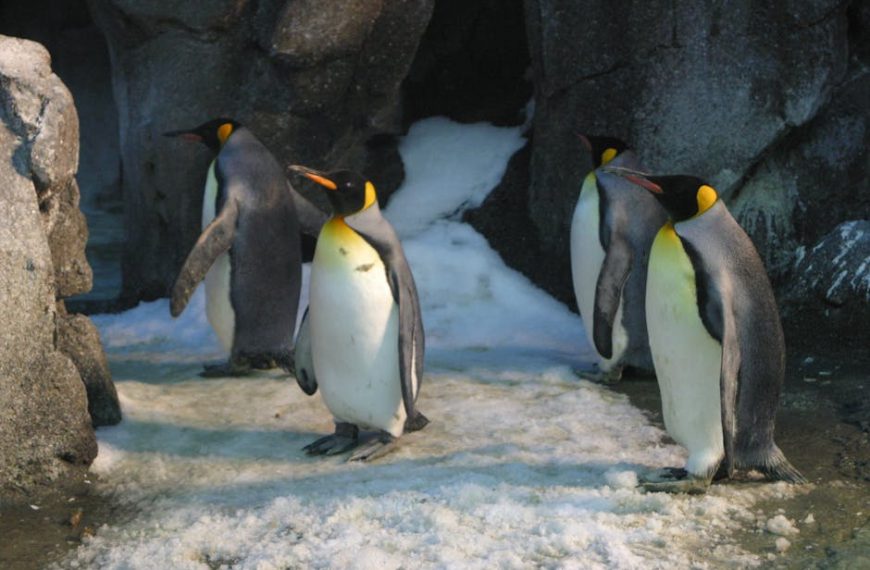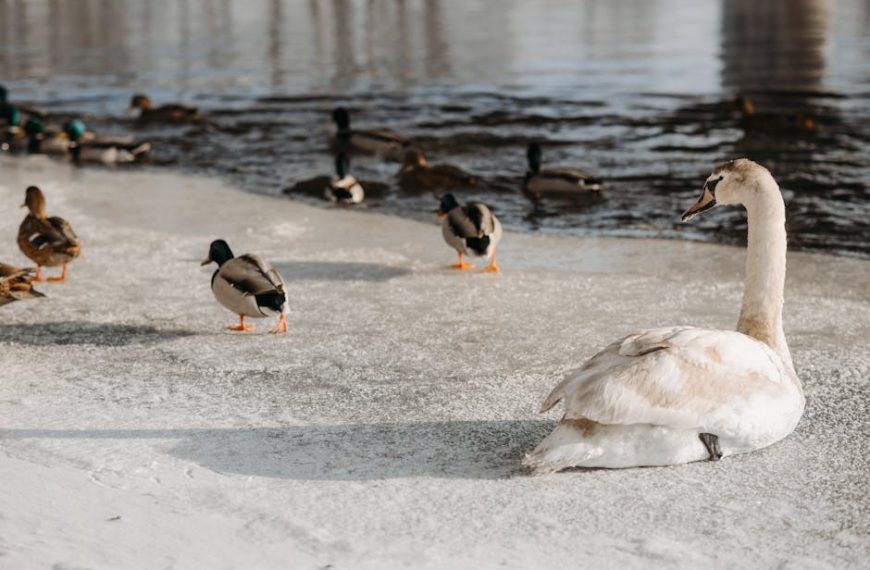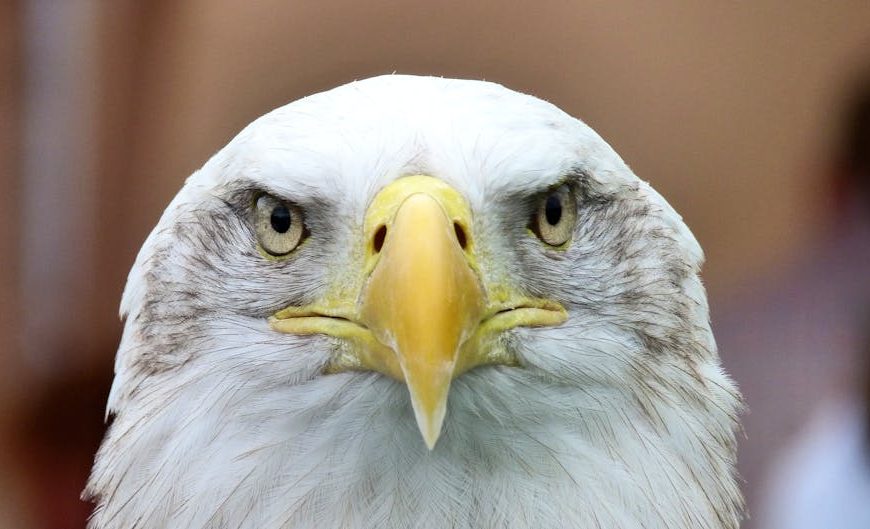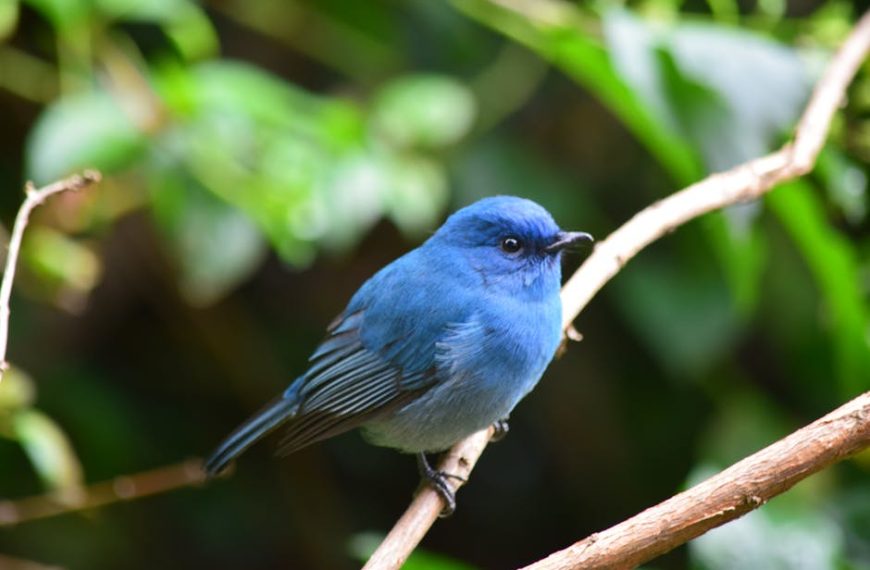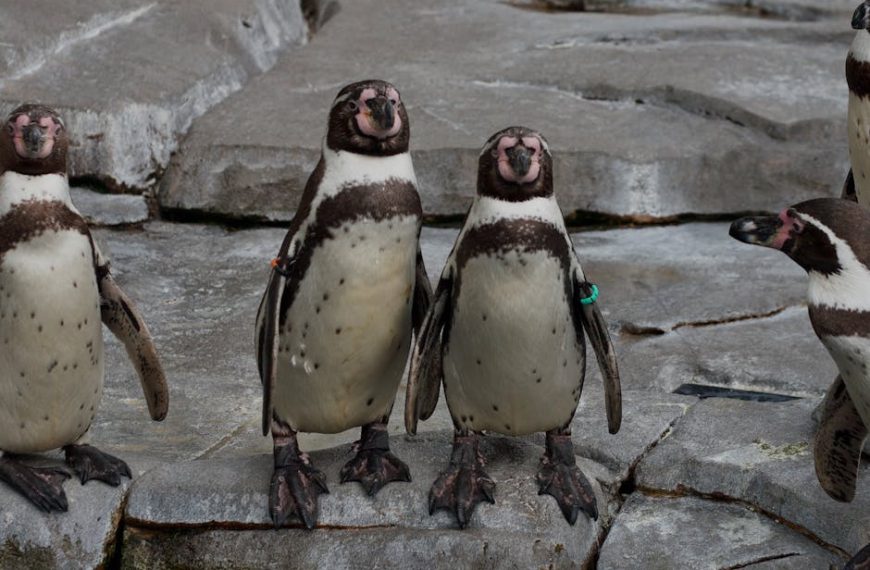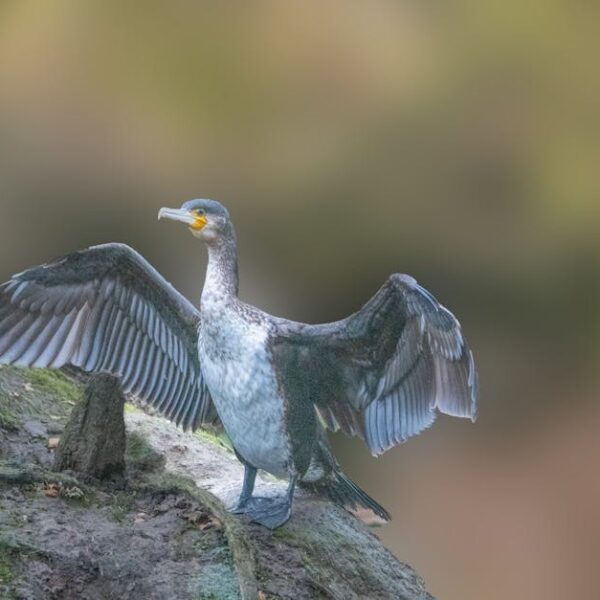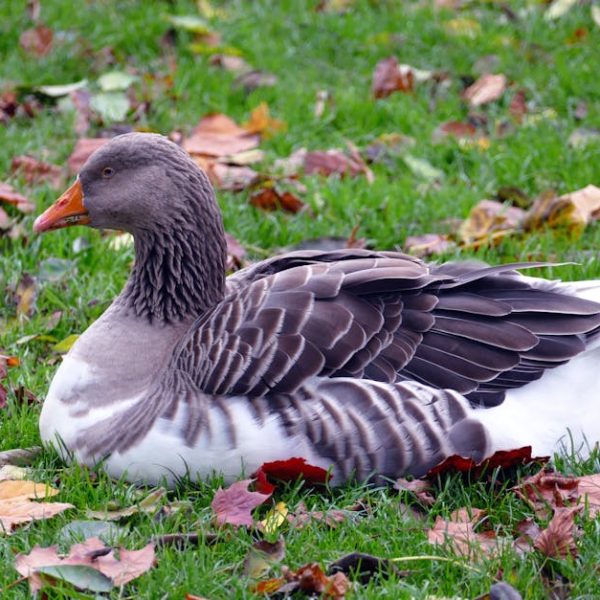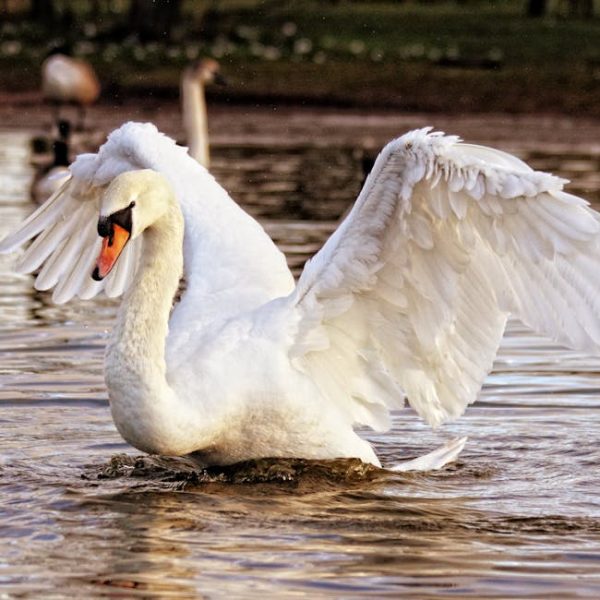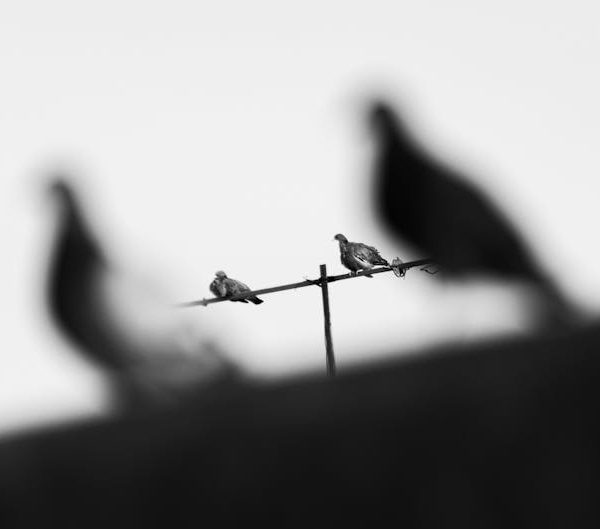Birds, just like humans, must cope with extreme weather conditions. The warm glow of summer isn’t just balmy beach days for these feathered friends; it presents a real and ongoing challenge in the form of heat regulation. Birds have developed various complex means to deal with hotter temperatures, from physiological processes, behavioural strategies, structural adaptations, to dietary changes, and man can play a role in facilitating these efforts. Let’s soar into the science behind how these fascinating creatures keep cool.
Understanding Avian Thermoregulation
Like all warm-blooded animals, birds maintain a constant body temperature, whether it’s sunny or cloudy outside. This internal balance, known as homeothermy, requires physiological mechanisms like sweating or panting to dissipate excess heat. Essentially, birds have their own built-in air conditioning systems, but they also rely on specialised features and behaviours to keep cool.
Take, for example, the Turkey Vulture with its bald, featherless head. Ordinarily, this could be an embarrassing combo for a bird, but it is highly functional during the hot season, as it promotes heat loss via convection. The Greater Roadrunner, on the other hand, has developed an unusual adaptation by producing a more concentrated urine to minimize water loss and thus, prevent overheating.
Behavioural Strategies for Dealing with Heat
If you can’t stand the heat, get out of the kitchen, as the saying goes, applies to our feathered friends too. When the mercury starts to climb, birds make an array of behavioural adjustments to adapt. From seeking shade to decreasing activity during the heat of the day and soaking in water sources – these tactics reduce exposure to direct sunlight and help lower body temperatures.
Ever noticed a bird panting like a dog on a hot day? This is a behavioural strategy known as gular fluttering, where birds rapidly flap membranes in their throat, expelling warm air and breathing in cooler air. Some birds, like the black-naped oriole, even resort to sunbathing – not for a nice tan but to facilitate the evaporation of water from their flying feathers, which cools them down. If you’re a keen birdwatcher, try spotting these behaviors next time you’re out in the field.
Structural Adaptations in Birds for Heat Survival
Structural adaptations also play a crucial role in helping birds combat the heat. These physiological changes, which often affect a bird’s appearance or function, offer another layer of heat defence.
Certain birds, like the Toucan, have a large, lightweight beak that acts as a radiator, expelling heat away from their bodies. Other birds adjust the color and configuration of their feathers for heat regulation – a darker plumage absorbs high sunlight, but also radiates more heat during cool nights. You can observe these adaptations by studying bird species in diverse climates and environments.
The first segment of this article provides a deep dive into the remarkable tactics and adaptations by which birds manage to stay cool. The next segment will explore how dietary alterations aid birds during warmer months and how human intervention can provide significant relief to these extraordinary survivors.
Dietary Survival Mechanism in Birds during Hot Weather
As temperatures climb, not only does a bird’s behaviour and physical appearance change, but so does their diet. Birds are strategic eaters, adjusting their diet and feeding patterns to deal with the season’s strains.
Birds know to up their liquid intake during the hot summer months and will shortly opt for food sources with a high-water content. That’s why we often see birds indulging in juicy fruits or nectar in the Summer as opposed to seed or insect-based diets. Also, birds will alter their feeding routines, choosing to forage during cooler parts of the day (usually early morning and late evening) to avoid the scorching midday heat.
| Species | Summer Diet | Winter Diet |
|---|---|---|
| Hummingbird | Nectar, small insects | Nectar from feeders, spiders |
| Canadian Goose | Aquatic plants, grass, berries | Agricultural grains, lawn grass |
| Blue Jay | Fruits, insects, nuts | Seeds, grain, nuts |
Human Intervention to Aid Birds Survive Heat
In a rapidly changing climate, we have a moral obligation to support our planet’s wildlife wherever we can, birds included. Thankfully, there are various relatively easy steps we can take to help our feathered friends beat the heat.
- Water: Setting up a bird bath in your yard provides the water birds need for drinking, bathing, and cooling down. Be sure it’s shallow (2-3 inches deep) and refill it daily to keep the water fresh and disease-free.
- Shade: A shaded yard or garden with plenty of trees and shrubs offers birds sanctuary from the harsh midday sun. Birdhouses or nest boxes can also provide much-needed relief.
- Food: Providing foods that have high water content – like fruits and berries, can help them stay hydrated.
Check out this useful checklist for setting up a bird-friendly yard:
- Know the bird species local to your area and their specific needs.
- Pick the right location for your bird bath. It should be slightly elevated and near shade but not too close to thick shrubbery (predators could hide there!)
- Ensure birdhouses and nesting boxes have ventilation.
- Stock your feeders with the right foods for Summer.
Pro-Tip: Remember to clean water and food sources regularly to prevent disease and the proliferation of bacteria and pests.
A little goes a long way when it comes to lending Mother Nature a helping hand. So next time you’re enjoying the summer sun in your garden, spare a thought for the birds and consider taking some of these steps. Their melodic summer symphony will be a perfect thank you.
Key Takeaway:
- Birds, as warm-blooded animals, have developed physiological, behavioural, and structural strategies for coping with heat. These include sweating, panting, shade-seeking and, special features like large beaks or featherless heads for heat loss via convection.
- Dietary changes also occur as birds switch to high-water content foods during the hot months, and adjust their feeding routines to avoid intense heat periods.
- Humans can assist birds by setting up bird baths, providing shade and high-water content foods.
Protecting our feathered friends from extreme heat is a collective responsibility. By understanding bird’s heat regulation mechanisms, and providing small aids like bird baths and shady spots, we can help them mitigate some of the harsh effects of summer heat. This act of kindness adds beauty and diversity to our yards, enhancing our overall summer experience.
FAQs
Q: Do all birds have the same techniques for dealing with heat?
A: No, different bird species have unique adaptations for coping with heat. Some have structural adaptations like large beaks or featherless heads, while others change their behaviours, such as seeking shade, panting, or modifying their diets.
Q: How do birds keep their body temperature regulated?
A: Birds maintain a constant body temperature, known as homeothermy, through physiological mechanisms like sweating or panting. They also use behavior and structural adaptations like shade-seeking and special features for dissipating heat.
Q: What role does diet play in a bird’s ability to handle heat?
A: Diet plays a significant role. Birds switch to high-water content foods during hot months and adjust their feeding routine to forage during cooler parts of the day, thus aiding in heat regulation.
Q: What can I do to assist birds in dealing with summer heat?
A: You can set up a bird bath for them to drink, bathe, and cool down, provide shady spots and foods with high water content. Regular cleaning of the water and food sources is crucial to prevent disease spread.
Q: Do birds experience heat stress?
A: Yes, like all creatures, birds can experience heat stress if exposed to extreme temperatures or inadequate water and shade. Human assistance can help mitigate these effects.
Feel free to share this article and check other posts on our website to learn more about the fascinating world of birds!
